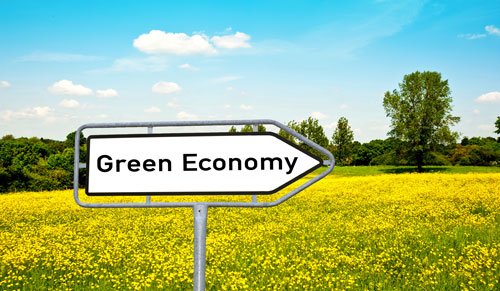Continuing conflict in the greenbelt
Greenbelt policy in so far as it stifles housing development in the urban periphery increases UK commuter miles and so road congestion and carbon emissions. This is now technically a material consideration within a planning system transformed to put sustainability at its core as part of the National Planning Policy Framework (2012).
Planning policy in England should include a presumption for sustainable development which it defines as including economic, social and environmental dimensions (Smith 2014). Sustainable development must be incorporated in local plans and neighbourhood plans and has become a material consideration in planning decisions.
However, the conflict is building to a head as a projected housing shortfall of 3 million homes is projected between 2010-2020 (RGS 2011).
Already the greenbelt, by restricting the supply of land for development, has led to restricted land value due to limits on development, but rising house prices (Amati and Taylor 2010). This benefits the already wealthy who already own housing and it motivates them to retain greenbelt land to ensure the value of their houses (ibid). Greenbelt policies, by limiting the supply of new housing in a region, result in rising house prices which benefits existing owners. The spatial effect is that urban buyers seek better value housing beyond the greenbelt and move out into existing villages and communities in the countryside.

'green economy' / Shutterstock
As demand for housing increases in the countryside surrounding city areas and supply remains restricted as public support for preserving greenbelt remains strong, the result will be conflicting demands (Lyle and Hill 2003) leading to a rise in prices. Local people (particularly young people) in villages are then priced out of the housing market as urban incomers bring much higher purchasing power from their invariably higher wages and continuously outbid local people. House price inflation occurs.
With a general lack of low cost housing available, along with household change across society increasing the demand for housing (Lewis 1998), young people end up leaving the countryside and the culture and character of villages becomes overwhelmed with incomers relocating from the city, often bringing with them differing ideals and values. Social tensions appear and so this is arguably not compatible with sustainability.